From Poison to Profit: New Resource Recovery Methods for Arsenic-Rich Waste
Millioner af mennesker globalt er udsat for giftigt arsen i grundvand, der anvendes som drikkevand. For at håndtere dette kritiske problem har både lav- og højindkomstlande implementeret teknologier, der kan fjerne arsen fra grundvand. Disse teknologier producerer dog alle giftigt arsenholdigt affald (AHA), og der eksisterer endnu ingen bæredygtige metoder til at håndtere dette affald. Dette projekt sigter mod at udvikle en række skalérbare kemiske teknikker, som kan transformere AHA til økonomisk værdifulde produkter. For eksempel vil arsen fra affaldet blive transformeret til værdifuldt industrimateriale. De bæredygtige teknikker for genopretning af resourcer udviklet i dette projekt vil muliggøre en cirkulær økonomi for AHA og samtidig afhjælpe de økonomiske og miljømæssige byrder, som afskaffelsen af dette affald i øjeblikket indebærer. Skabelsen af en cirkulær økonomi for AHA er et kritisk skridt for at kunne opskalere decentraliserede arsenbehandlingsteknologier specielt i lavindkomstlande.
From Poison to Profit: New Resource Recovery Methods for Arsenic-Rich Waste
The release of naturally-occurring arsenic from aquifer sediments to groundwater via microbially-mediated redox reactions has resulted in the exposure of approximately 200 million people to toxic levels of arsenic in drinking water, the majority of which live in poor, rural areas of South Asia. To protect public health from carcinogenic arsenic, waterworks in Denmark and abroad apply iron (Fe) based methods, such as ferric salt addition and zero-valent Fe filters, to remove arsenic from groundwater. However, these treatment methods produce toxic arsenic-rich waste (ARW) and no sustainable strategies for managing ARW exist. This project aims to create, for the first time, a circular economy for this toxic material by developing a series of scalable chemical and electrochemical methods to recover resources from ARW. The resource recovery methods will be applied to separate the waste into distinct fractions of arsenic and iron and to transform the separated arsenic and iron into economically valuable materials used in industry. The resource recovery techniques will be tested on ARW of different sources, including sludge produced in conventional drinking water treatment plants in Europe and in decentralized arsenic treatment systems in rural areas of West Bengal, India. These results will then be used to perform a cost-benefit analysis to help identify viable regional markets for the end products, thus alleviating the economic and environmental burdens of ARW disposal.
Projektleder
Case van Genuchten,
Geochemistry Department (GEUS)
email: [email protected]
Projektperiode
2021- 2023




